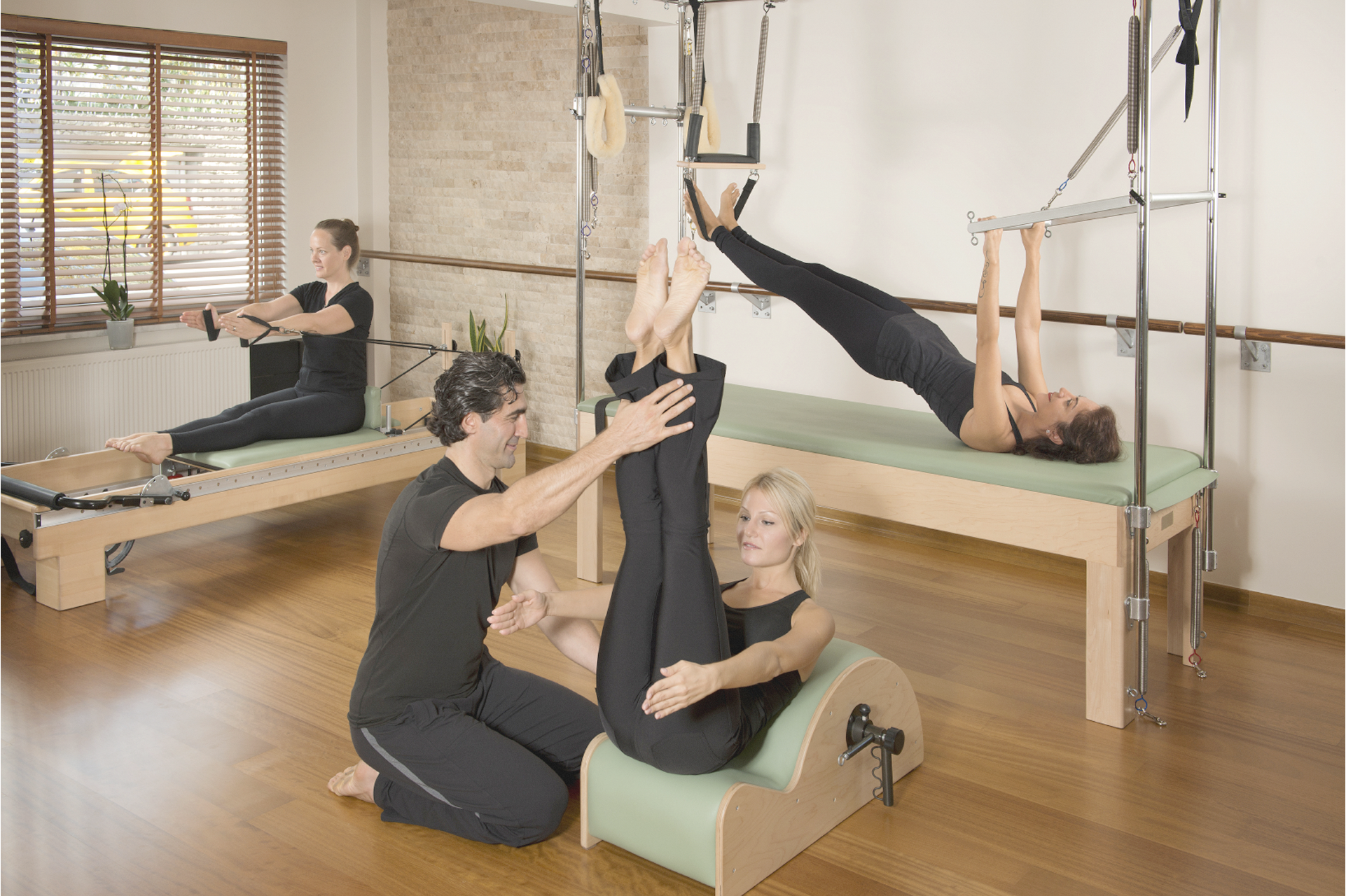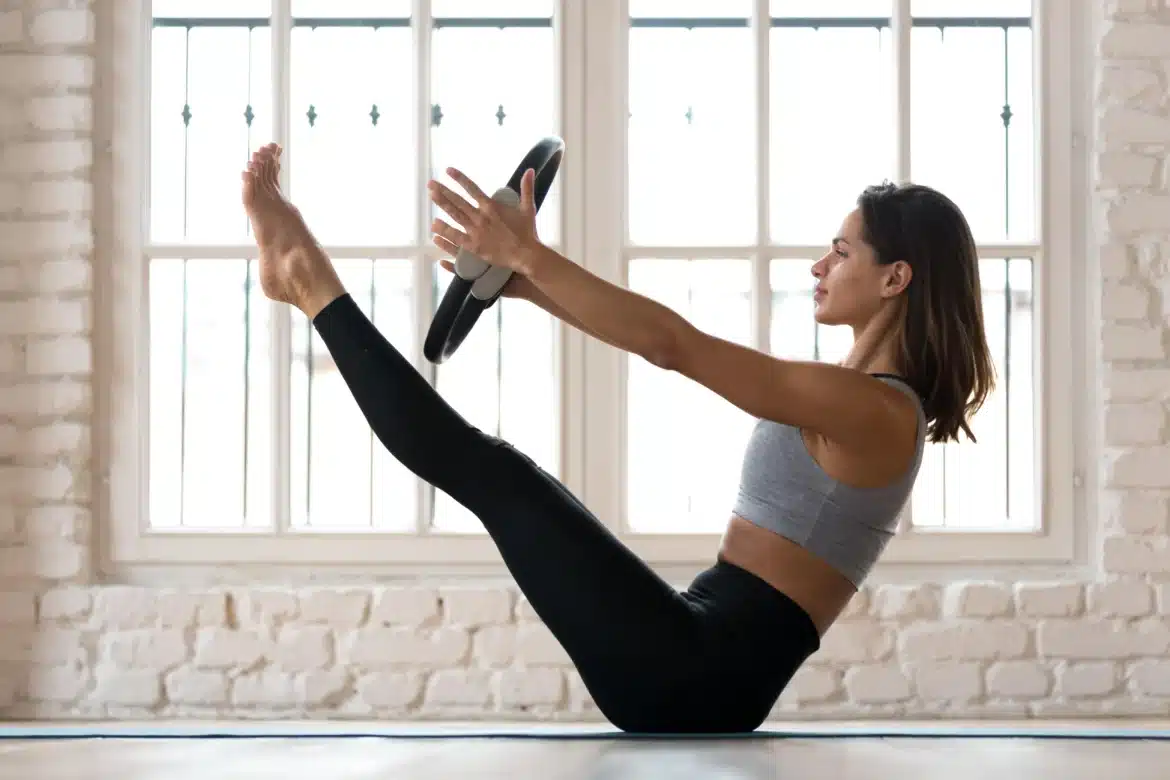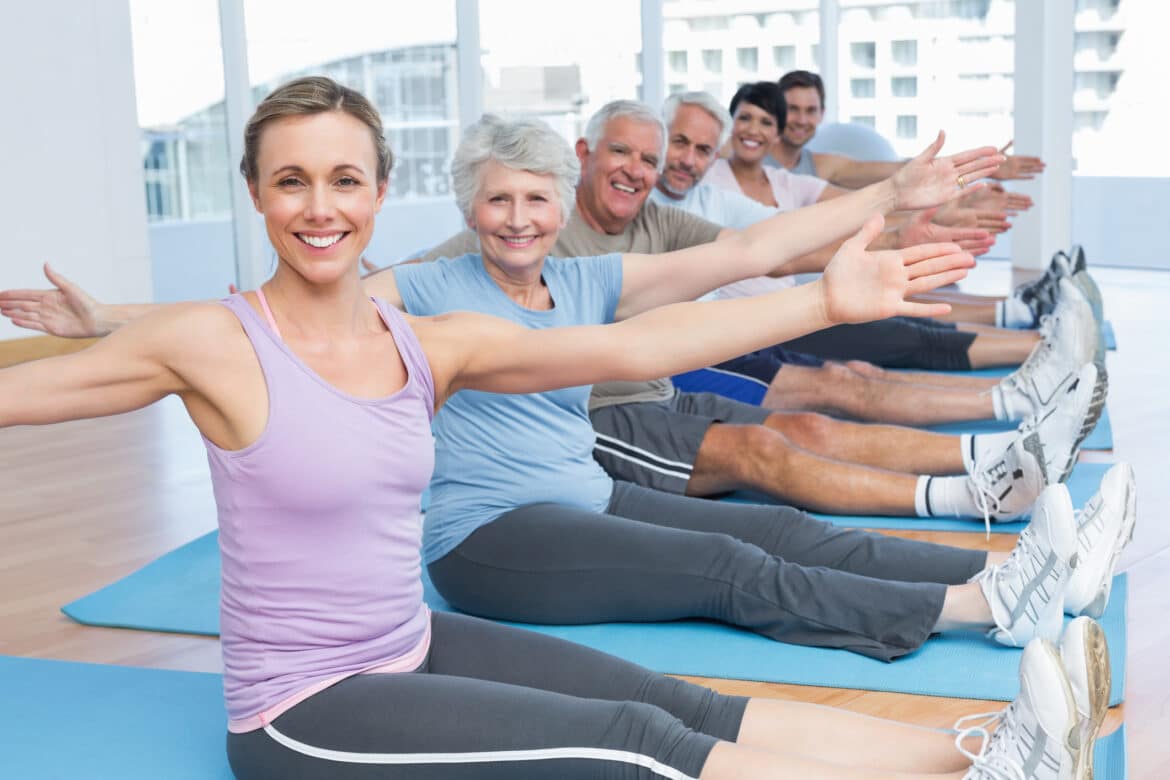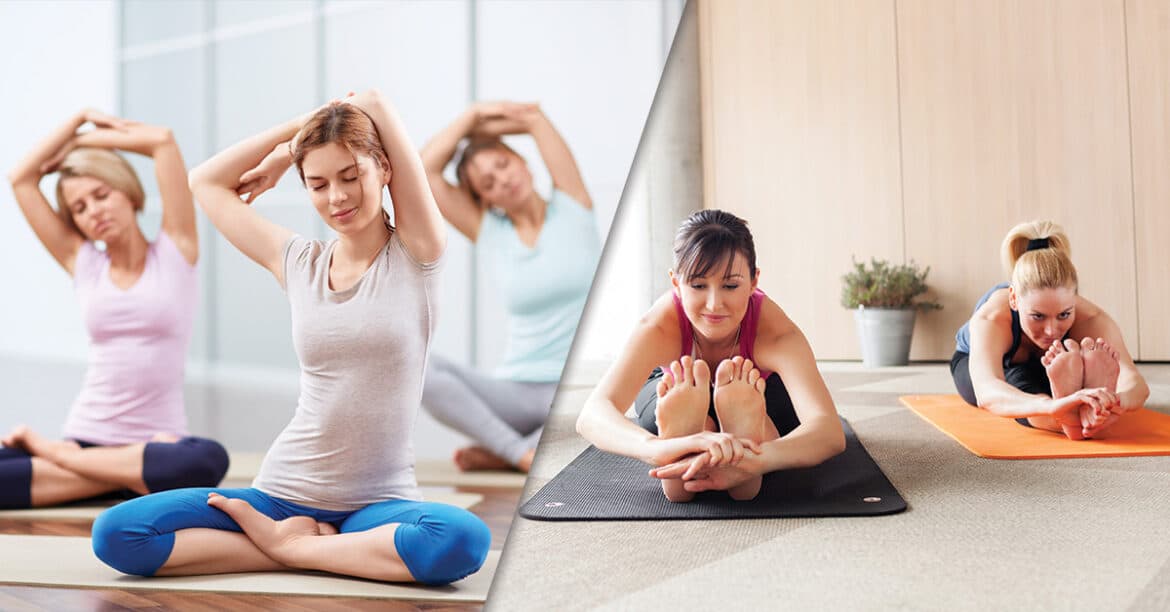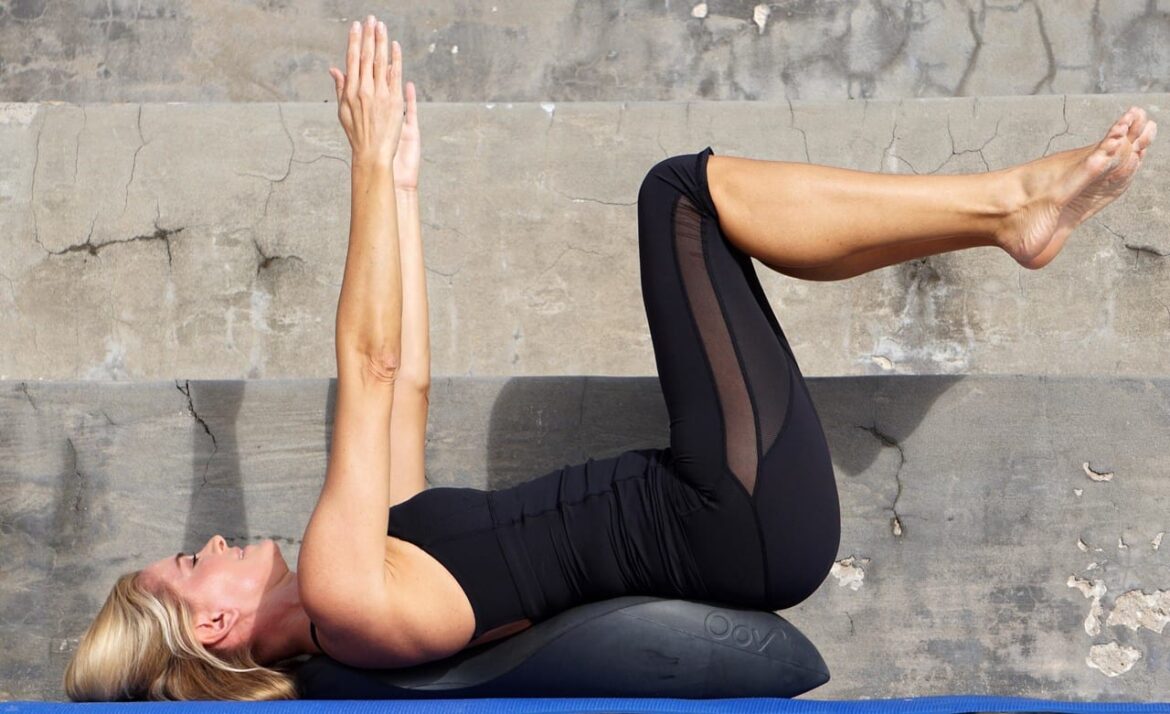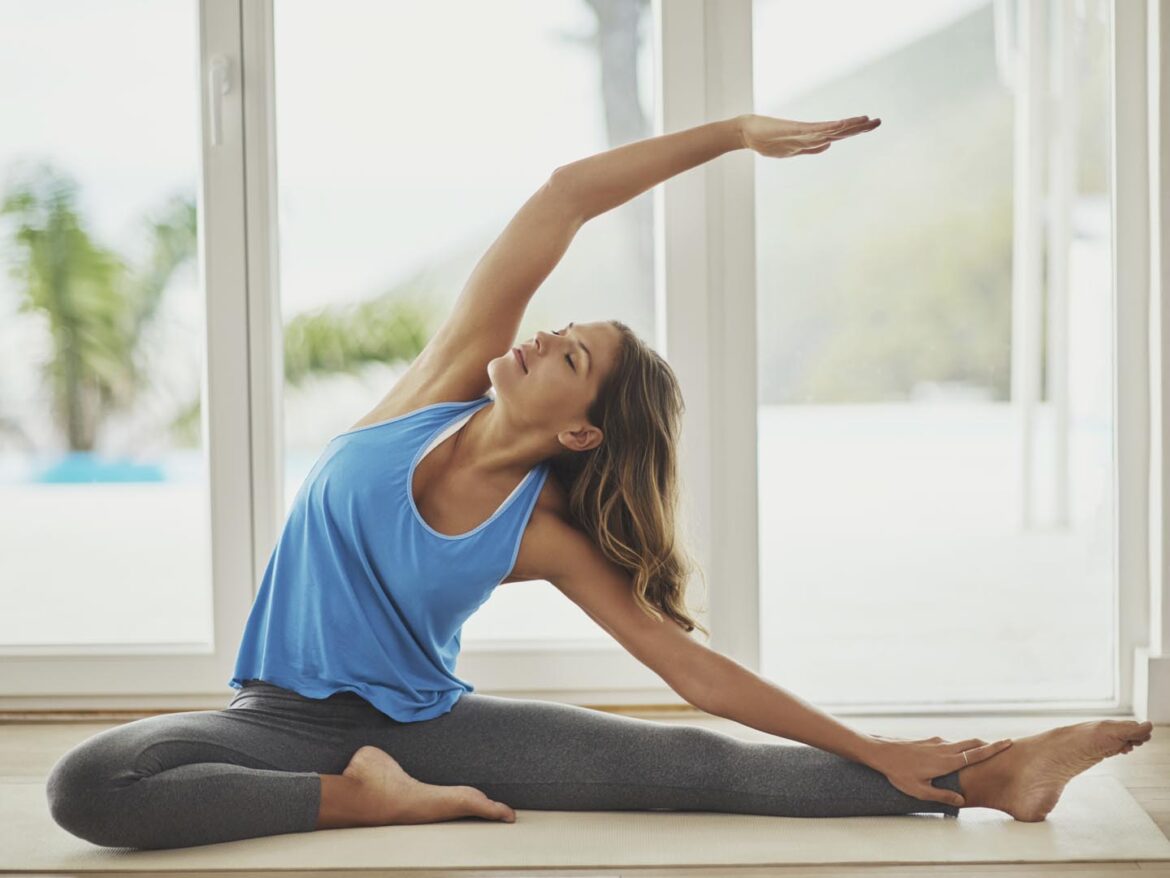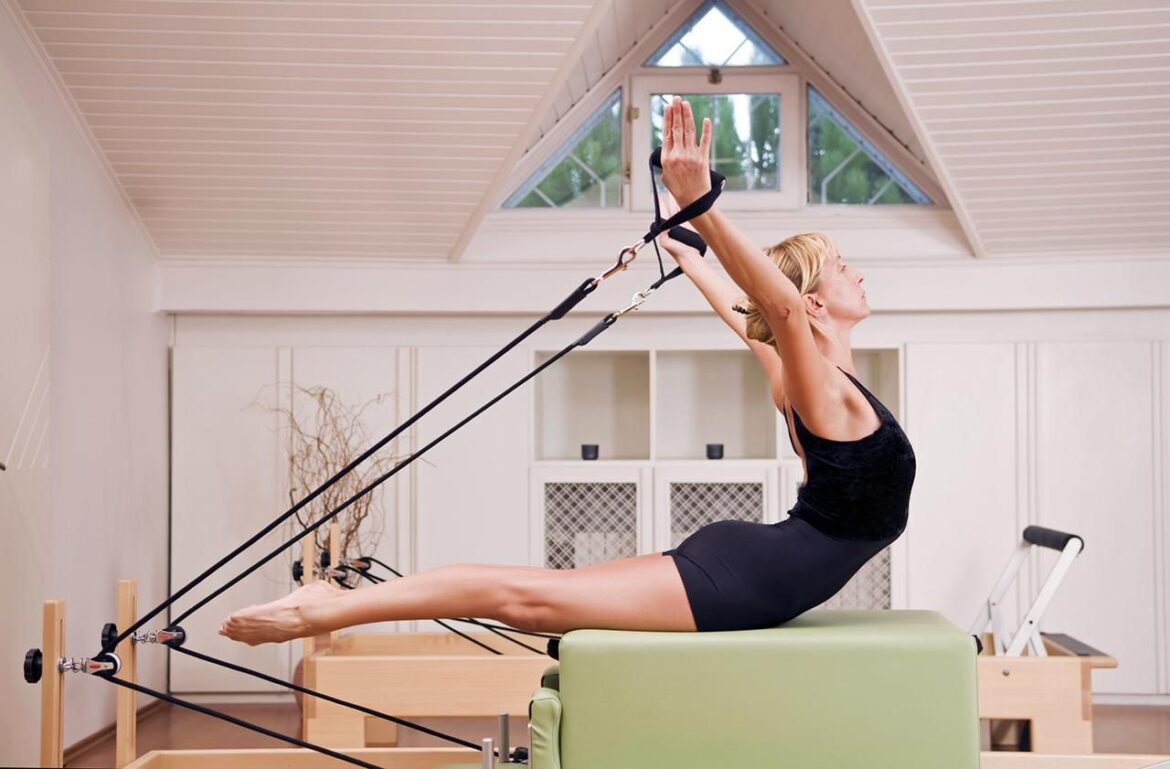Introduction Is Pilates Demonic: It is essential to clarify that Pilates, as a form of physical fitness, has no inherent connection to demonic practices or the supernatural. Joseph Pilates, a German-born fitness enthusiast, developed this exercise system in the aftermath of World War I to rehabilitate injured soldiers. His methodology draws heavily from concepts of controlled breathing, mindful movement, and core strengthening, all of which contribute to improved physical health and mental well-being. The misconceptions surrounding the supposed demonic nature of Pilates often stem from a misunderstanding of its terminology and symbolism. Some critics point to terms like “the hundred,” “the devil’s stretch,” or “the corkscrew” as evidence of sinister undertones. However, these names are merely descriptors used to convey the essence of each exercise and hold no occult significance. The Pilates practice encourages mindfulness and a mind-body connection, which can be misinterpreted by some as a spiritual or mystical aspect. In reality, this focus on the mind-body connection is grounded in the principles of anatomy, physiology, and biomechanics. Is there a spiritual side to Pilates? Pilates is well known …
Yoga and Pilates
Introduction Is Pilates Weight Bearing: Pilates may not appear to be a conventional weight-bearing exercise like weightlifting or running. Pilates workouts typically involve a series of low-impact movements that emphasize controlled, precise, and fluid motions. These exercises are often performed on specialized equipment such as the reformer or the Cadillac, or simply on a mat. Unlike activities where your body is lifting external weights or experiencing the jarring impact of high-intensity cardio, Pilates seems gentler and less demanding. The devil is in the details, and this holds true for Pilates as well. The key to understanding Pilates as a weight-bearing exercise lies in comprehending its underlying principles. Central to Pilates is the concept of “core engagement” or the activation of the deep abdominal muscles, which, in turn, supports the spine and pelvis. When properly executed, these movements require the body to resist gravity, effectively making them weight-bearing in nature. Many Pilates exercises incorporate weight-bearing elements, especially those performed on the reformer or Cadillac. These machines utilize springs and pulleys to provide resistance, forcing the practitioner to work against their own …
Introduction Was Pontius Pilate Good: During his tenure, he faced numerous challenges, including maintaining Roman control over a restive province while navigating the delicate religious and political dynamics of Judea. The most significant event associated with Pilate’s rule is undoubtedly the trial and crucifixion of Jesus Christ, as recounted in the Christian Gospels. In the biblical accounts, Pontius Pilate is depicted as a complex and ambivalent figure. On one hand, he is portrayed as a Roman official who appears hesitant to condemn Jesus, even declaring Him innocent of the charges brought against Him. Some passages suggest that Pilate may have been sympathetic to Jesus or at least wary of the religious leaders’ motivations. However, he ultimately yields to pressure from the Jewish authorities and orders Jesus’ crucifixion, washing his hands of the responsibility. The question of Pilate’s “goodness” or “badness” hinges on various factors, including his actions in other matters, his role in maintaining Roman order, and the limited historical sources available. Some argue that Pilate’s reluctance to execute Jesus reflects a degree of moral conscience, while others contend that …
Introduction Does At Home Pilates Work: Pilates, developed by Joseph Pilates in the early 20th century, is a mind-body exercise system designed to enhance physical strength, flexibility, and posture. Traditionally, Pilates was practiced in studios, by trained instructors using specialized equipment. However, with the advent of technology and the ever-growing demand for home-based fitness solutions, at-home Pilates has become increasingly accessible. This exploration into the effectiveness of home Pilates is vital as it seeks to address the concerns and skepticism surrounding its potential benefits. Can individuals achieve the same transformative results in their living rooms as they can in a professional studio. The answers to these questions have far-reaching implications for those looking to embark on their fitness journey or adapt to the changing landscape of workout routines. To dissect the efficacy of at-home Pilates, we will delve into several key aspects. Firstly, we will examine the fundamental principles of Pilates and how they translate to a home environment. Understanding the core tenets of this exercise system is essential to evaluating its potential effectiveness. Next, we will explore the accessibility …
Introduction Which Is Better For Osteoporosis Yoga Or Pilates: Osteoporosis, a condition characterized by the loss of bone density and strength, is a significant health concern, particularly among older adults and postmenopausal women. This weakening of bones can lead to an increased risk of fractures and a decreased quality of life. Fortunately, lifestyle modifications, including regular exercise, can play a crucial role in managing and mitigating the effects of osteoporosis. Yoga and Pilates are two popular exercise modalities that are often recommended for individuals with osteoporosis due to their focus on flexibility, balance, and strength. However, they have distinct approaches and benefits that should be taken into consideration when determining which might be more suitable for an individual’s specific needs. Yoga, an ancient practice that combines physical postures, breathing techniques, and mindfulness, offers several advantages for individuals with osteoporosis. It emphasizes gentle stretching, balance, and posture, which can help improve flexibility, reduce the risk of falls, and enhance overall body awareness. Some yoga poses also involve weight-bearing on the bones, which can stimulate bone health. However, not all yoga poses …
Introduction Is Pilates Harder Than Yoga: The realms of physical fitness and wellness offer a diverse array of exercise modalities, each with its unique challenges and benefits. Among these, Pilates and yoga stand out as two popular practices that focus on enhancing strength, flexibility, and overall well-being. In this exploration, we will delve into the fundamental differences between Pilates and yoga, dissecting the physical demands, mental aspects, and overall difficulty levels of each practice to shed light on this intriguing comparison. By examining these aspects, we can better understand the nuanced challenges that each discipline presents and ultimately determine whether one is indeed more challenging than the other or if it simply comes down to personal preference and goals. Ultimately, whether Pilates is harder than yoga depends on an individual’s fitness goals and preferences. Some may find Pilates more challenging due to its targeted focus on core strength and controlled movements, while others may perceive yoga as more demanding because of its emphasis on flexibility and balance, or due to the mental challenges of meditation and mindfulness. It’s also worth …
Introduction Is Pilates Good For Runners: As runners, we constantly seek ways to improve our performance, prevent injuries, and enhance overall fitness. In this pursuit, one exercise regimen that has gained significant popularity and attention is Pilates. Pilates, a holistic fitness system developed by Joseph Pilates in the early 20th century, is known for its focus on core strength, flexibility, and mind-body connection. we delve into the benefits of Pilates for runners, shedding light on how this low-impact exercise method can contribute to improved running performance, injury prevention, and a more balanced and resilient body. Whether you’re a dedicated marathoner or a casual jogger, understanding the potential advantages of incorporating Pilates into your fitness routine can be a game-changer on your running journey. Pilates is renowned for its emphasis on core strength. A strong core is essential for maintaining proper running posture and form. When your core muscles are engaged and strong, you can better control your body’s movements, which can lead to improved running efficiency and reduced risk of injury. Pilates incorporates stretching exercises that can enhance your flexibility …
Introduction Is 20 Minutes Of Pilates A Day Enough: In our fast-paced world, finding the time for regular exercise can often be a challenge. For many, the idea of squeezing in a workout routine that lasts an hour or more can seem daunting and impractical. Pilates, a low-impact exercise method known for its focus on core strength, flexibility, and overall body conditioning, has gained popularity in recent years as a time-efficient fitness option. In this exploration, we will delve into the effectiveness of a 20-minute daily Pilates practice and whether it can truly deliver meaningful health and fitness benefits. Whether you’re a Pilates enthusiast seeking to optimize your routine or someone considering incorporating this practice into your daily life, join us as we uncover the potential advantages and limitations of this condensed approach to Pilates. While 20 minutes may seem short, consistency can make a significant difference in your overall fitness. Daily practice allows you to reinforce proper form and alignment, which is crucial in Pilates to prevent injury and maximize results. The intensity of your 20-minute Pilates session plays …
Introduction How Long Does It Take To See Results With Pilates: Embarking on a fitness journey often comes with a sense of anticipation and eagerness to witness the transformative effects of your efforts. When it comes to Pilates, a popular low-impact exercise method that focuses on improving core strength, flexibility, and overall body awareness, the timeline for seeing visible results can vary from person to person. Patience and consistency are key, but understanding the factors that influence the rate at which you’ll notice changes in your body can help set realistic expectations. In this exploration, we will delve into the question, “How long does it take to see results with Pilates?” by considering various factors that play a role in your progress, as well as the potential benefits that await those who commit to this mind-body exercise regimen. Your fitness level and prior experience with exercise can significantly impact how quickly you notice results. Individuals who are already relatively fit may experience changes more rapidly, while beginners might take a bit longer to adapt to the exercises and see improvements. …
Introduction How Hard Is Pilates: Pilates, a popular and renowned fitness method, is often regarded as an effective way to improve strength, flexibility, and overall body awareness. While it may appear graceful and gentle at first glance, the practice of can be deceptively challenging. Originating in the early 20th century, Pilates has evolved into a comprehensive system of exercises that engages both the body and the mind. The difficulty of varies depending on individual fitness levels and goals, but it is widely acknowledged that mastering this discipline requires dedication, precision, and a commitment to gradual progress. In this exploration, we will delve into the complexities Pilates, shedding light on why it is considered demanding by many, and how its benefits are often achieved through persistence and perseverance. Many exercises are performed on unstable surfaces, such as a stability ball or a reformer machine. This challenges balance and stability, adding an extra layer of difficulty. It’s important to note that is adaptable, and instructors can tailor routines to suit an individual’s fitness level. As one gains experience and strength, they can …

